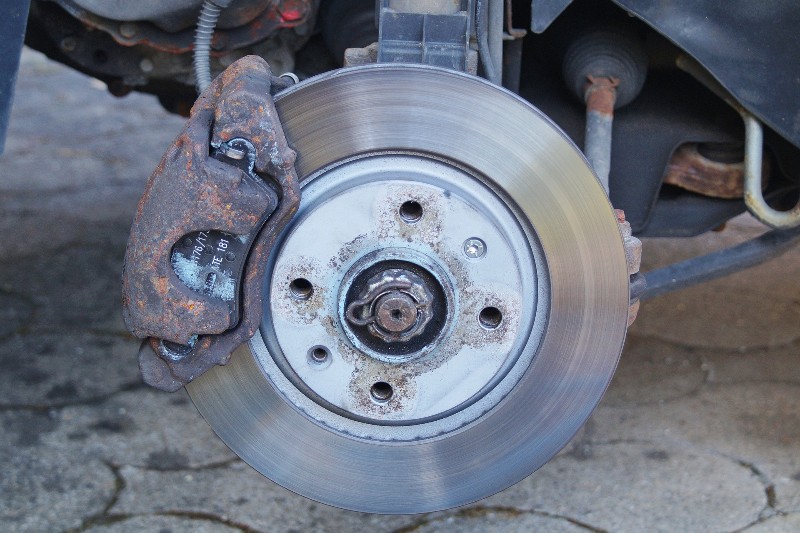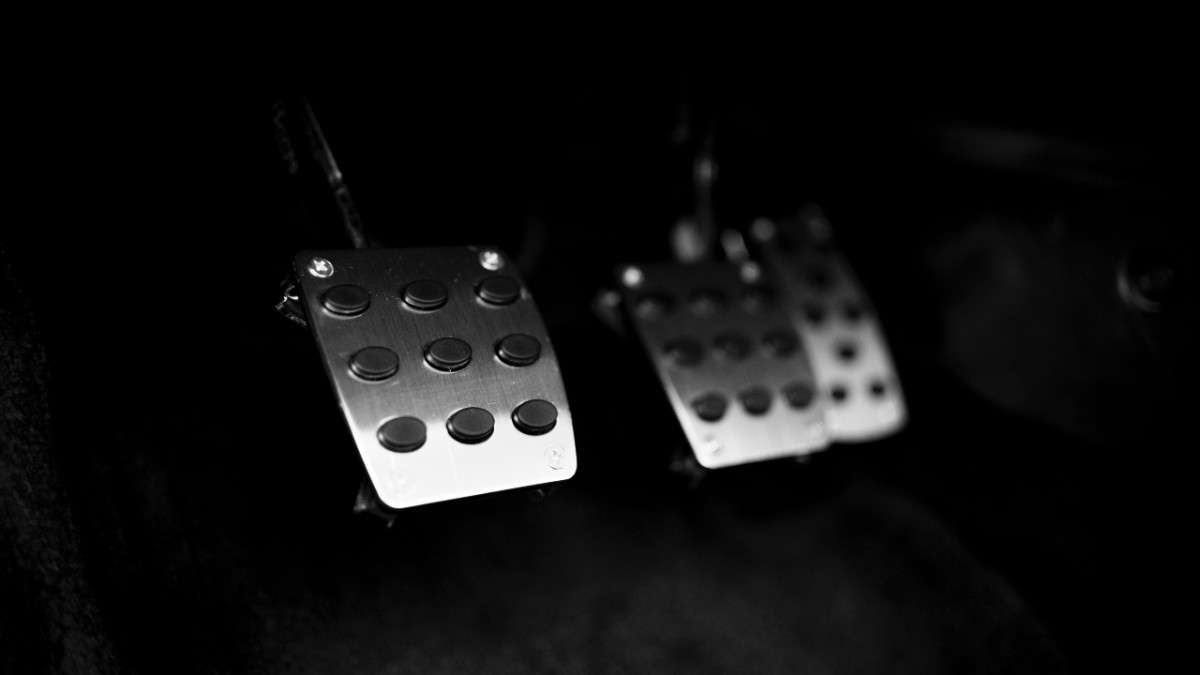It’s an open secret that brakes are one of the most important components of a vehicle. Without functioning brakes, vehicles will lose the ability to make full and timely stops. So, any problem with the brake is one that any driver should take seriously. Sometimes, car owners report their brake pedals going all the way down and not returning. If this happens to your car, you’ll find the potential causes in this article and how to fix the problem.
The top reasons why brake pads may not return are seized calipers, low levels of brake fluid, and failing master cylinders. Finding the underlying cause is crucial to implementing the right fix.
Don’t take any brake issues or problems lightly. Your safety and that of other road users are literally at risk if your brakes aren’t performing as they are supposed to. Continue reading this article to learn more about brake faults and how you can fix them.
Why Brake Pedals May Not Return
Below are reasons why brake pedals may not return to their original position:
Seized Caliper
For many car owners, brake calipers may sound like a large vocabulary, but they are not. Calipers are crucial to the operation of a braking system as their function is to stop your car’s wheel by creating friction with the brake rotors.
It’s worth mentioning that brake calipers are prone to damage and complications. And when this happens, the braking capability of your vehicle decreases, and you may notice your brake not returning after being applied.
Brake Fluid Level
Brake fluid is the lifeblood of the braking system. Without this essential fluid, the braking system won’t function properly. And one of the reasons why your brake pedal may go all the way down and not return to its original position is due to a low level of brake fluids. A low level of brake fluids is caused by leakage in one of the lines or old brake fluids since you are supposed to replace the brake fluid after some time.
If your car is leaking brake fluids, you’ll see puddles ranging from light yellow to dark brown on the ground underneath your car. Also the puddle will also feel slick and oil, similar to vegetable or canola oil.
Failing Master Cylinder
The master cylinder is a hydraulic pump that pumps brake fluid into the brake lines. When the master cylinder starts to fail, the normal operation of the braking system becomes compromised, and this usually manifests as the brake pads going all the way down. Depending on the severity of the problem with the cylinder, the brake pads may not even return.
How To Fix Brake Pedal That’s Not Returning
In light of the importance of the braking system of your vehicle, it’s recommended that any issue with the braking system be resolved by a competent mechanic. The solution to the brake pedal not returning will depend on the underlying cause of the problem.
Depending on the underlying cause, the following fixes will be applied:
Replace Brake Fluid
If you check your brake fluid and the level is low, then it’s due for a change. It’s worth investigating if there’s a leakage of brake fluid. You’ll notice puddles of an oily substance after the car has been parked for a while if there’s a leakage. A mechanic may be needed to find out where the leakage is coming from.
The brake fluid doesn’t have to be low for the brake pedal to malfunction. Old brake fluid will have lost most of its useful properties and may also cause the brake pedal to go all the way down and not return.
Check the owner’s manual for the manufacturer’s recommendation on when to change the brake fluid. If the brake fluid is low, top it off with the right brake fluid from an auto shop.
Repair/Replace The Caliper
If the caliper is the problem, it will have to be replaced or repaired depending on the extent of the damage. Usually, this is not something you can or should do on your own, so let a professional handle this one.
Replace The Master Cylinder
If the master cylinder is faulty, you’ll have to replace it. You can change the master cylinder yourself if you are confident in your DIY skills or have your mechanic do it.

How To Replace The Master Cylinder
Before attempting to replace the master cylinder, ensure that you can identify and locate the various components of the braking system. You can watch videos online or consult the owner’s manual. The most important components you’ll need to identify are the brake fluid reservoir, brake master cylinder, brake fluid lines, and brake fluid level sensor.
The brake fluid reservoir, which contains the brake fluid, can usually be recognized by the threaded cap on top of it. And the brake master cylinder is typically located directly beneath the brake fluid reservoir. Then follow these steps:
• Remove the brake fluid: You have to empty the brake fluid reservoir before installing the master cylinder. Be sure to dispose of the brake fluid according to the laws and regulations of your area.
• Remove the brake fluid sensor connector: A sensor connects to the brake fluid to determine its level. Since you’ve already identified the sensor before attempting to install the master cylinder, identifying and removing it should be easy.
• Remove the brake fluid lines: All brake fluid lines should be removed using a line wrench.
• Detach or remove the brake master cylinder: Removing the master cylinder involves using a socket wrench to remove the mounting bolts.
• Install the new brake cylinder: After removing the master cylinder, the next step is to install the new master cylinder by putting it in place of the old one and reconnecting the mounting bolts. You’ll also have to connect the fluid lines and sensor connector you removed earlier.
It’s a matter of doing the reverse of what you did to remove the old master cylinder. Finally, pour some brake fluid into the reservoir until it reaches the recommended amount.
The Simplest Solution To Your Braking Problems
It’s important you pay attention to your brake pedal so as to detect any changes in it. Some changes can be subtle at first before they become more apparent later on. Your brake pedal is crucial to keeping you and your vehicle safe, and it’s better if you can detect problems with your pedal early.
Consider having a maintenance schedule for your car braking system. You can consult the owner’s manual about when to schedule brake maintenance or have a chat with your mechanic. Ideally, you should use mechanics that are ASE-certified. ASE means Automotive Service Excellence, and any mechanic with this certification has the needed knowledge to work on any mechanical or electrical component of a car.
Your mechanic should also use high-quality hardware for any replacement job and offer you a service warranty. Those that are sure of their work won’t have any issue with offering you a warranty.
It’s important that your mechanic can come over and repair your brake in your driveway. If your brake isn’t coming back up or responding well, it’s incredibly dangerous to drive to a repair shop, even if the shop isn’t far.

